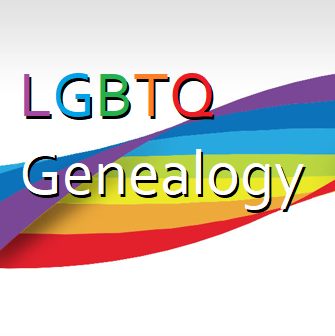Unveiling Centuries of LGBTQ Commitments Before Gay Marriage
Long before the modern era of gay marriage, LGBTQ individuals have committed to each other throughout history. Scholars have extensively documented these unions, shedding light on diverse expressions of love. One seminal work, Judy Grahn’s Another Mother Tongue (1984, Beacon Press), unveiled the rich tapestry of gays, lesbians, and queer individuals across the globe engaging in rituals, ceremonies, and establishing status within their societies. While not explicitly termed marriage, these unions bore titles such as “life partnerships,” “romantic friendships,” and the intriguing “Boston marriages.”
The concept of a “Boston marriage” was prevalent in New England, particularly describing two women living together free from financial dependence on a man. The 44-year companionship of Charity and Sylvia, as chronicled by Rachel Hope Cleves in Charity and Sylvia: A Same-Sex Marriage in Early America (2014, Oxford University Press), epitomizes the essence of such unions. Charity and Sylvia lived together in Weybridge, Vermont since July 3, 1807, the date that marked their anniversary. They did not live in hiding. Their community knew them and accepted them as a couple. They were public-minded, taught Sunday school, organized charities, supported their nephews and nieces, and ran a tailor shop. They were “Auntie Charity” and “Auntie Sylvia” to the entire community. Charity, like Willa Cather, was fiercely private about her letters and had her correspondents burn what she had written. Charity died in 1851, and Sylvia died 17 years later. They are buried together with a shared headstone. Their unique love story challenges traditional narratives.
Similarly, Precious and Adored: The Love Letters of Rose Cleveland and Evangeline Simpson Whipple, 1890-1918 (2019, Minnesota Historical Society Press) reveals a 30-year “marriage” between two women. Rose Cleveland was the sister of Grover Cleveland, the 22nd U.S. President, and served as his First Lady until he married in 1886. Evangeline and Rose are buried next to each other in Tuscany.
Recent discoveries, such as Jim Downs’ article “The Gay Marriages of a Nineteenth-Century Prison Ship” (2 Jul 2020, The New Yorker), offer a unique glimpse into unintentional documentation of gay history. The complaint letters of convict George Baxter Grundy, sentenced to Bermuda for forgery in the 19th century, inadvertently expose same-sex marriages among male convicts.
For genealogists, this wealth of information invites exploration into the possibility that ancestors lived in unrecognized but deeply committed unions. The history of same-sex unions extends beyond conventional narratives, with notable works like:
- Ifi Amadiume’s Male Daughters, Female Husbands: Gender and Sex in an African Society (2015, Zed Books)
- Will Roscoe’s The Zuni Man-Woman (1992, University of New Mexico Press)
- John Boswell’s Same-Sex Unions in Premodern Europe (2013, Knopf Doubleday)
- Jen Manion’s Female Husbands: A Trans History (2020, Cambridge University Press)
- Jonathan Ned Katz’s Love Stories: Sex between Men before Homosexuality (2001, The University of Chicago Press)
- and many other resources offering diverse perspectives.
The history of same-sex unions, richly documented in various sources, transcends societal norms, expanding preconceptions for a broader understanding of LGBTQ commitments throughout the ages.



